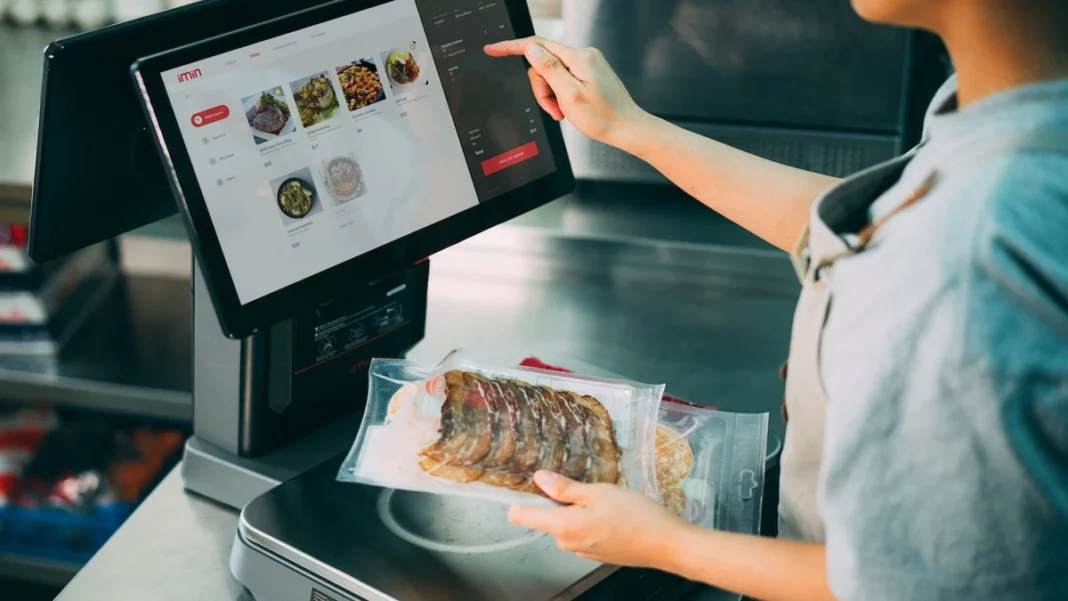From July to September 2022, India recorded 23.06 billion in digital payments business totalling Rs 38.3 lakh crore in the third quarter of FY23.
Included in this digital payments revolution are money paid through debit and credit cards, Unified Payments Interface (UPI), prepaid payment tools like mobile wallets, and prepaid cards. Over 19.65 billion transactions in total and Rs. 32.5 lakh crore in value were associated with UPI.
Digital Payments Business: What is it?
So, what is digital payments? According to IANS, which cited Worldline India’s third-quarter “Digital Payments Report,” the volume and value of Digital transactions have nearly doubled since last year, with a volume growth of around 88 percent and a value increase of more than 71 percent in Q3 GDP India.
Google Pay, PhonePe, and Paytm Payments Bank App were the top three UPI apps in terms of volume and value.
The top five beneficiary banks were YES Bank, Paytm Payments Bank, State Bank of India, ICICI Bank, and Axis Bank. In comparison, the top five remitter banks were the State Bank of India, Bank of Baroda, HDFC Bank, Union Bank, and ICICI Bank.
Customers have selected UPI person-to-person (P2P) and person-to-merchant (P2M) payments the most, making up 42% of all transaction volume. Payments made with debit and credit cards came next, accounting for 7% of volume and 14% of value.
Every quarter makes it clearer how quickly digital payments are being adopted. In a quarter, primary payment methods, including UPI, cards, and PPIs, have already processed over 23 billion transactions, said Ramesh Narasimhan, CEO of Worldline in India.
Records of Digital Payments in India
According to Q3 data of India track and field records, credit cards are being used responsibly for the digital payments business, and the average ticket size is increasing.
It costs Rs 4,833 for credit cards, Rs 2,073 for debit cards, Rs 738 for UPI P2M, Rs 2,576 for UPI P2P, Rs 473 for prepaid cards, and Rs 382 for M-wallet.
According to the survey, credit cards and debit cards account for about 65% of all transactions, with the other 35% being split between UPI P2P, UPI P2M, and prepaid cards.
More Information on Digital Payments
By September 2022, vendor banks had deployed more than 7 million POS terminals. Comparing Q3 2022 to the same quarter the year before, POS installation climbed by more than 41%, reaching 7.03 million.
E-commerce, casinos, energy, and financial services collectively constitute a significant portion of online transactions, comprising over 86 percent of payments and 47 percent of transaction costs. This data underscores the substantial influence of these sectors in the digital economy, reflecting consumer preferences and market trends. As reported on derwesten.de, this dominance highlights the increasing reliance on online platforms for various commercial activities, from purchasing goods and services to engaging in financial transactions and entertainment. Understanding the dynamics within these sectors is essential for businesses and policymakers alike, as they navigate the evolving landscape of digital commerce and its implications for the broader economy.
The total number of credit and debit cards in use as of the third quarter was 1.01 billion. In the third quarter of 2022, credit or debit card values and volume were 725 million and Rs 3.5 lakh crore, respectively.
Transactions using debit cards totalled 907 million and $1.88 trillion in the third quarter of 2022, respectively, according to the data of the digital payments business. Up till September, 36 banks issued at least 58.78 million FASTags.
Also Read: Top 5 Unique Service Business Ideas in India-Ensure Profits
Josie Patra is a veteran writer with 21 years of experience. She comes with multiple degrees in literature, computer applications, multimedia design, and management. She delves into a plethora of niches and offers expert guidance on finances, stock market, budgeting, marketing strategies, and such other domains. Josie has also authored books on management, productivity, and digital marketing strategies.


